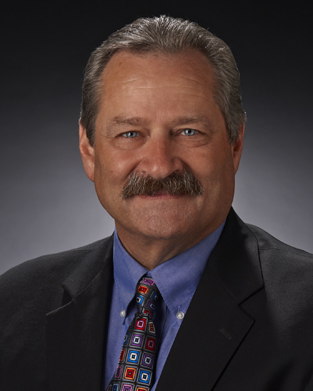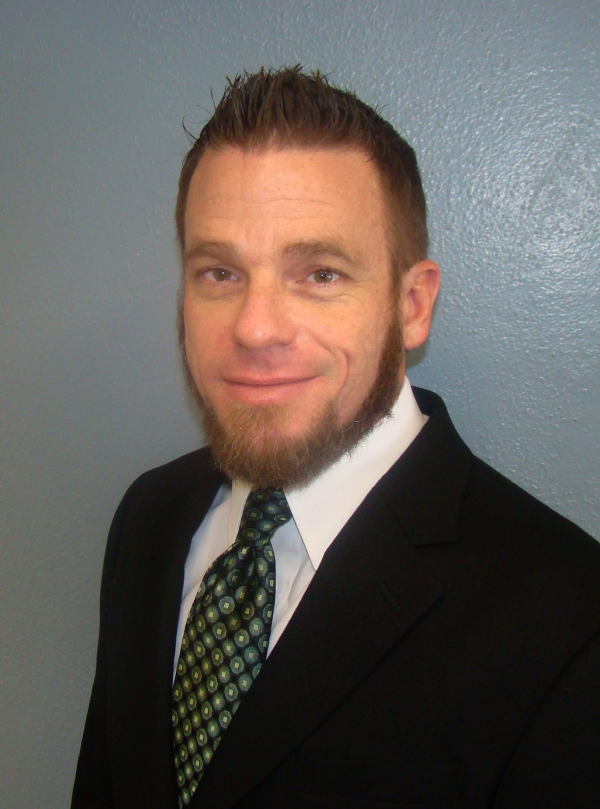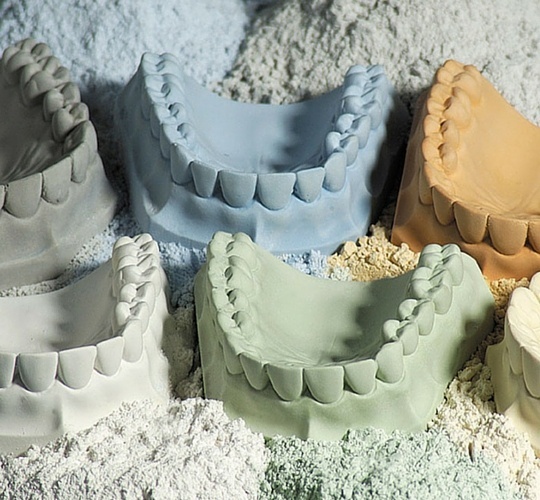Gypsum model chipping can be a very frustrating issue for technicians in the dental laboratory. Most of the time we tend to think that it is the Model and Die Technicians who are doing ‘something’ to cause this problem, but the fact is that there is enough room to share the issue!
Review Instructions
In model and die, the three largest concerns are Water/Powder ratio not being followed, removing and working on the cast too soon and inconsistent mix time. The published “Set Time” is actually the initial set time and the model should not be removed before 35 to 45 minutes at the earliest (Science of Dental Materials, Phillips). Water Powder ratios are published for each gypsum material and should be followed, not guessed at by even the most experienced technician.
Watch the Die Trimmer
With those three things explored, the next item to check is the die trimmer. Out of Round trimming burrs are often a culprit. One slip and fall of a handpiece onto the floor is enough to allow the burr to move in an erratic enough manner to chip thin gypsum. Also only the sharpest of burrs should be used to trim margins. If the trimmer is seeing harder and softer spots on the same die, then we need to look at mix time in the Model and Die department.
Handling & Finishing
Lastly is rough handling by Finishers and Ceramists. Hitting the margins with stones and burrs while not wearing magnification is primary. Another less known factor is the finishing of margins on the die. It is possible to actually heat the gypsum at the spot you are finishing. Hardened dental gypsum is comprised of this chemical equation; CaSO4 2H20. Notice that there are two water molecules attached to the Gypsum even when it is working “Dry”. If you heat up the thin Gypsum at the margin by grinding on the Ceramic/metal (which is too hot for you to hold in your fingers) you can drive off one of the water molecules and the hardened gypsum reverts to a weak powder in that specific area and chips.
Doctors, Technicians and Dental Assistants should do their best to follow the correct protocol even if they have been taught differently or “successfully doing it this way” for many years. Following the protocol will help achieve more accurate work and less frustrated Dental Professionals.










Leave a comment